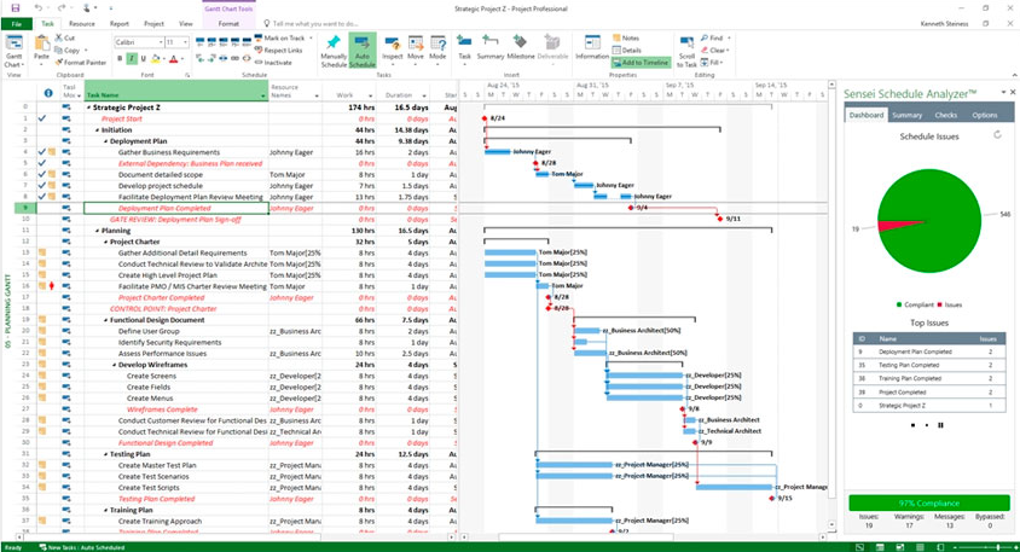

- #MICROSOFT PROJECT PROFESSIONAL 2013 INSTALL#
- #MICROSOFT PROJECT PROFESSIONAL 2013 FULL#
- #MICROSOFT PROJECT PROFESSIONAL 2013 LICENSE#
- #MICROSOFT PROJECT PROFESSIONAL 2013 WINDOWS 8#
- #MICROSOFT PROJECT PROFESSIONAL 2013 DOWNLOAD#
Once it has finished it should say Configuration Successful, and then to make the language you have added available you can go to Site Settings (from the gear in the top right corner of the screen)Īnd I can put a check next to Romanian so that users can select as their display language. Thai and Hindi are examples of these.īack to the main story – the configuration wizard will go through 8 steps – the length of time it takes somewhat dependent on the volume of data you have (number of PWA instances for example) as it will be adding extra data to some of your tables, as well as laying down some extra web pages.
#MICROSOFT PROJECT PROFESSIONAL 2013 FULL#
As for 2010, there are some languages that have language packs for SharePoint that do not add the full support for Project Server. If the language is also applicable to Project Server as well as SharePoint Server then the heading should say Language Pack for SharePoint and Project Server 2013 – and not just SharePoint 2013. Looks like the is a slight bug here with the UI and possibly due to the fact that this is a new language for Project Server. Once complete it will prompt to run the configuration wizard:
#MICROSOFT PROJECT PROFESSIONAL 2013 INSTALL#
You can also choose to let the Display language match Windows, and Help match the Display language.įor the server the installation is similar to 2010, and like 2010 the Language packs are combinded for SharePoint and Project Server and the – running the executable brings up the EULA, accepting and clicking continue (this example is the Romanian language pack) will install the bits. This can be useful where an organization uses a specific language for the UI and prefers everyone to do the same – for ease of support – but the user can choose a Help language that may be more familiar to them. So for example in this configuration Project will display in French, but if I bring up help this will be in Russian. The top section still controls the editing languages, and the lower section – more applicable to Project UI controls the display and help languages. The look of the preferences application is very similar to the 2010 version
#MICROSOFT PROJECT PROFESSIONAL 2013 WINDOWS 8#
The option can be found in Windows 8 by going to Start and typing Office 2013 – and the Office 2013 Language Preferences icon will be listed – or for Windows 7 - Start, All Programs, Microsoft Office, Microsoft Office 2013 Tools, Microsoft Office 2013 Language Preferences. Once installed, then you can either repeat if you want to add the Office or Visio language pack – or go right ahead and configure it.
#MICROSOFT PROJECT PROFESSIONAL 2013 LICENSE#
This one happens to be Russian – but whatever the language the Microsoft Project bit should be readable – and it will be the middle option.Īfter excepting the End User License Agreement (or at least getting someone who can read the language you are installing translate it for you and accepting it) then you can either install or customize the install.
#MICROSOFT PROJECT PROFESSIONAL 2013 DOWNLOAD#
I will also be updating the blog with reference to download locations once they are available – currently I just see these in the MSDN download center and the preview versions for SharePoint Server 2013 on the Microsoft Download center.įor the client the when the executable is run you will first see a dialog like the following. More detail on that further down the blog – first I’ll walk though the experience of loading a language pack on the client and server. Like 2010 you can then decide which languages you want to make available for each site – but what is different for 2013 (and Online) is how the user ‘chooses’ which language they will see. For the server the language pack works in much the same way – you install the bits on all servers in the farm for each language pack you want to support and then run the configuration wizard. For the client the options are practically identical – both in the installation where the client language pack is bundled with the Office and Visio as before, and in usage the layout and features are identical. There is one additional language, Romanian, both for the client and the server. The language pack options for Project 2013 and Project Server 2013, and the upcoming Online version - currently in preview - are very similar to those that went before for both Project and Project Server, 20. First published on TECHNET on Dec 31, 2012


 0 kommentar(er)
0 kommentar(er)
